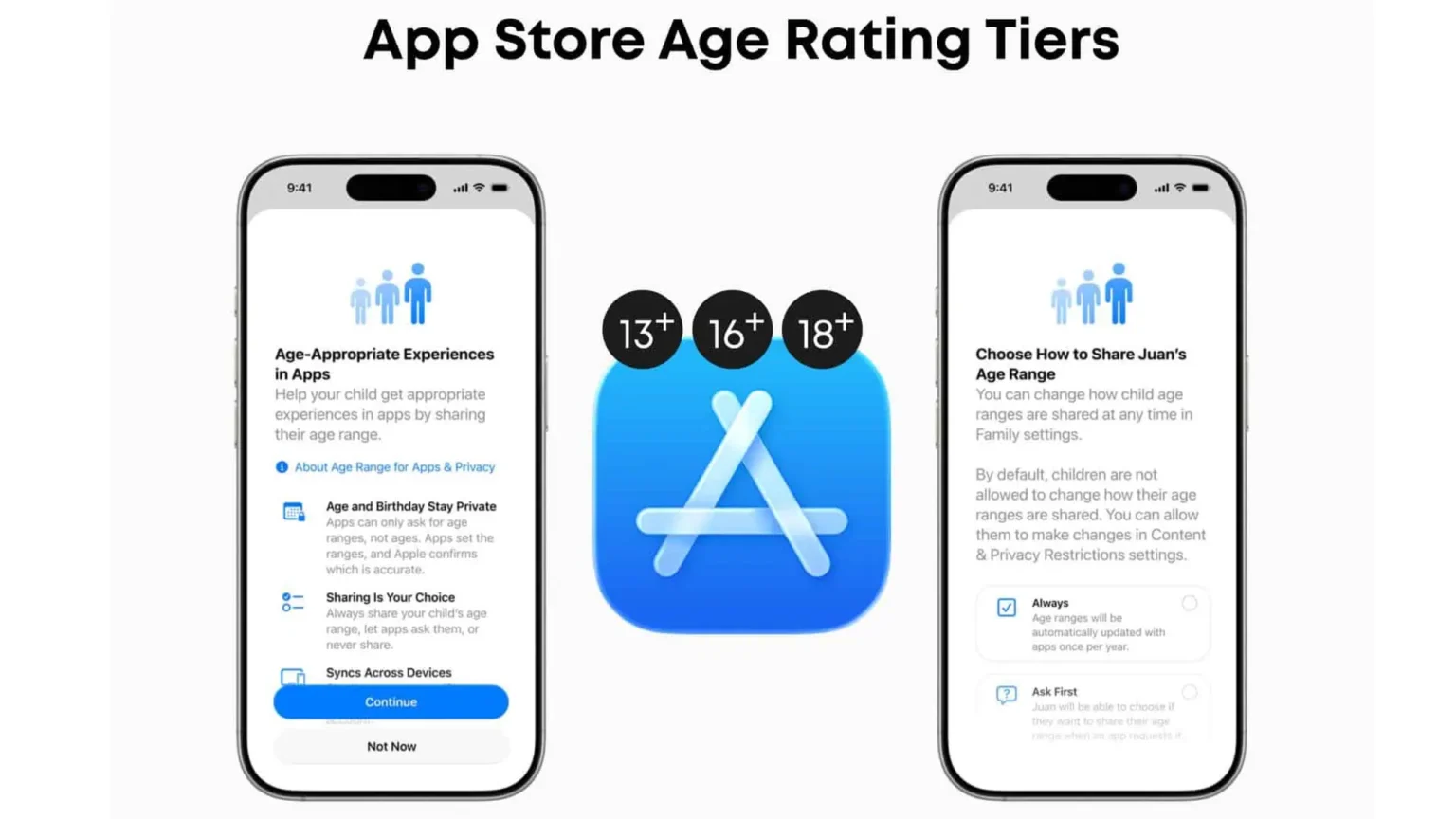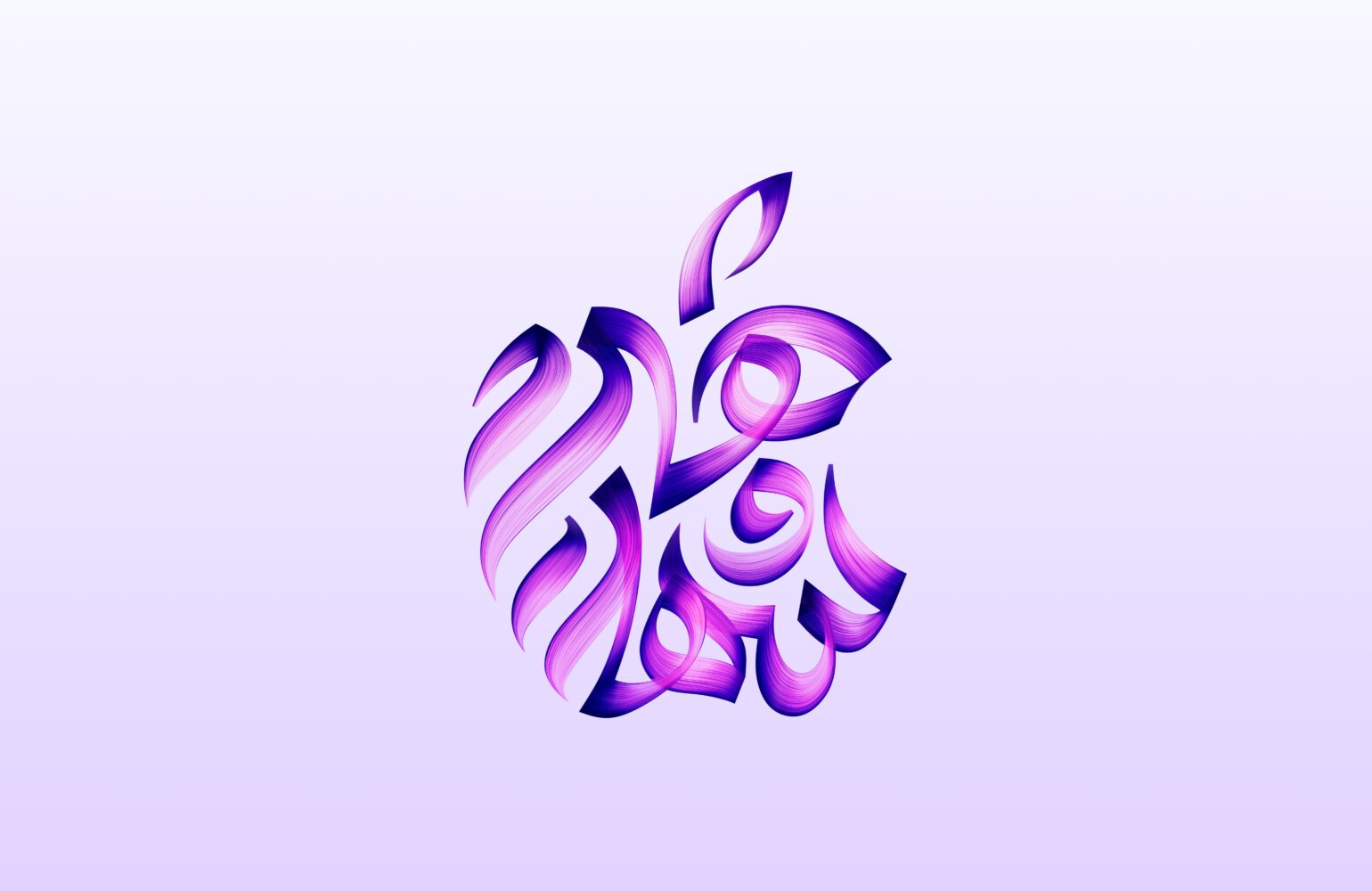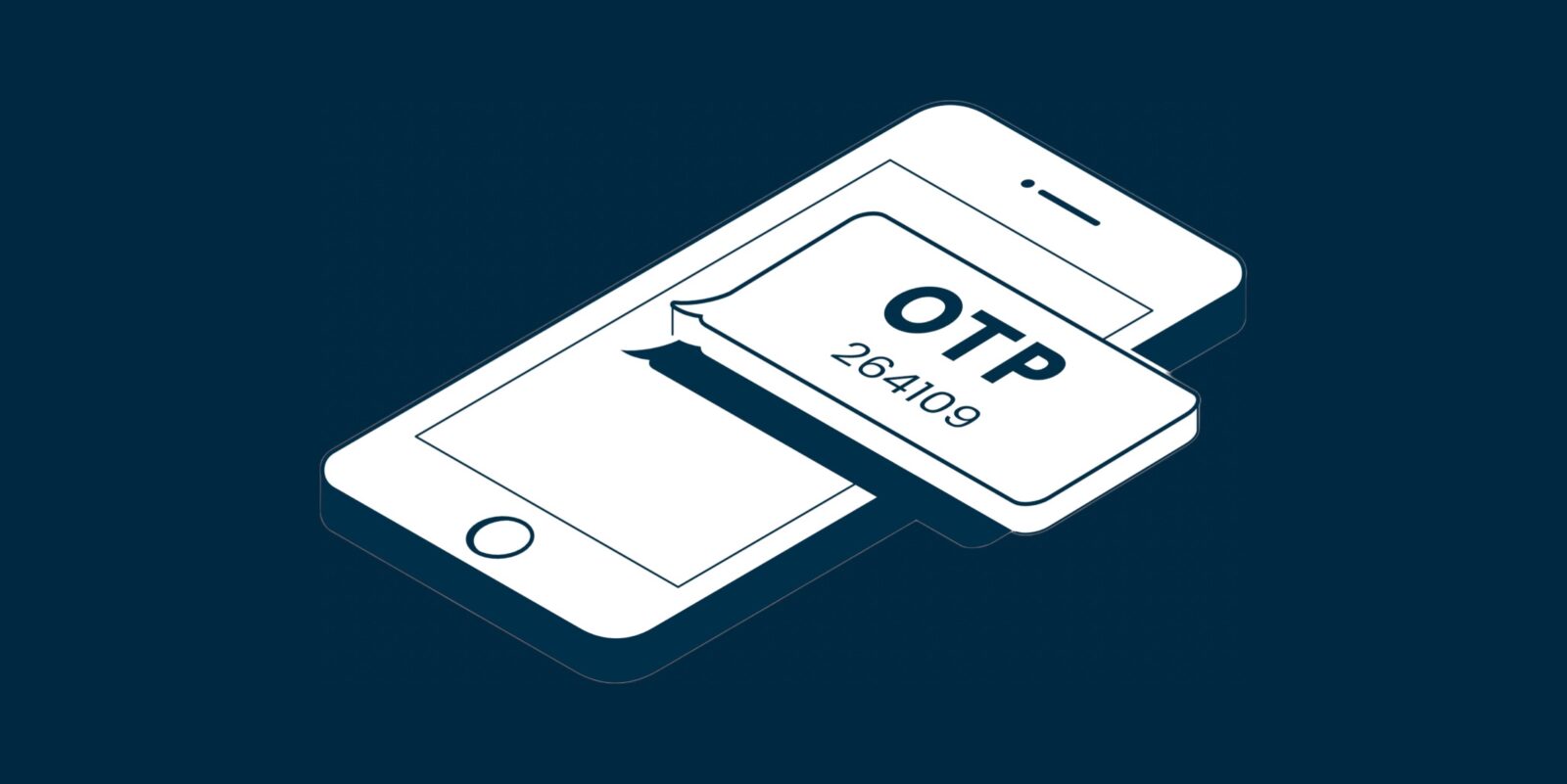With the release of iOS 26 and its companion operating systems this fall, Apple is rolling out a more granular age rating system for apps across its platforms. The company has added three new age categories—13+, 16+, and 18+—to complement the existing 4+ and 9+ tiers. The update reflects Apple’s broader push to strengthen parental control features and align app classifications with evolving global standards around digital content and child protection.
For developers, this marks a significant shift in App Store policy and procedure. Apple has already reclassified many apps based on previous metadata and questionnaire responses, and these changes are now visible in the beta builds of iOS 26, iPadOS 26, and macOS Tahoe. However, this re-rating is only the beginning.
Going forward, all developers are required to complete a newly revised age rating questionnaire through App Store Connect. The updated form digs deeper into content descriptors, asking about in-app controls, graphic or suggestive material, user-generated content, and features related to health, wellness, or AI-powered interactions like chatbots. Apple has set a firm deadline of January 31, 2026, after which app updates will be blocked unless the new questionnaire is completed.
These new classifications are part of a larger compliance framework that takes into account regional laws, such as COPPA in the U.S. and GDPR across Europe. Apple is emphasizing the importance of regional specificity, noting that content suitability varies significantly across markets. The automated rating system now assigns age restrictions per country based on developers’ questionnaire inputs, factoring in how frequently sensitive material appears or whether an app enables real-time interaction between users.
The implications go beyond just ratings. Older Apple devices running legacy OS versions will still display the old rating labels, potentially creating discrepancies in how apps are presented depending on user hardware. Developers are advised to check compatibility issues via App Store Connect and review how these rating changes may affect discoverability, especially for family-oriented apps or those targeting younger audiences.
Apple’s decision also responds to growing concerns about the influence of AI in apps used by teens and children. As more apps integrate generative tools or conversational assistants, Apple is mandating more transparency around what users—especially minors—may be exposed to. Developers must now assess and disclose any AI-driven content that could influence the age classification of their app.
While these new requirements add another layer of compliance for developers, they also aim to create a safer and more accurate digital environment for users of all ages. App creators should take this as an opportunity to reassess their content, fine-tune parental controls, and ensure regional compliance to avoid visibility limitations or app update rejections down the line.
Ultimately, Apple’s refined age rating system reflects an evolving digital landscape where user safety, especially for minors, is taking priority over legacy classification simplicity. Developers who embrace this shift early will be best positioned to maintain trust and visibility in an increasingly regulated app ecosystem.






